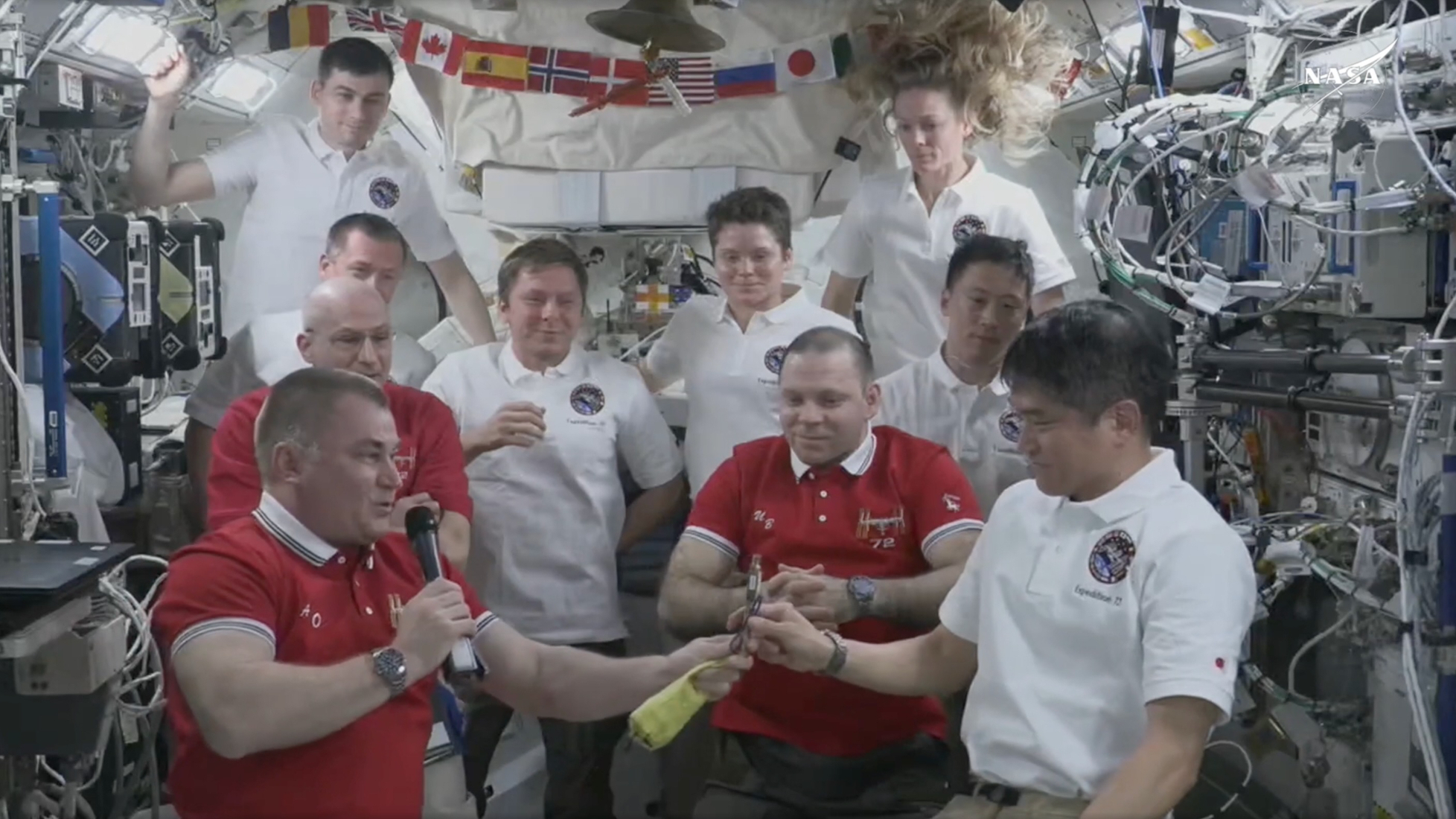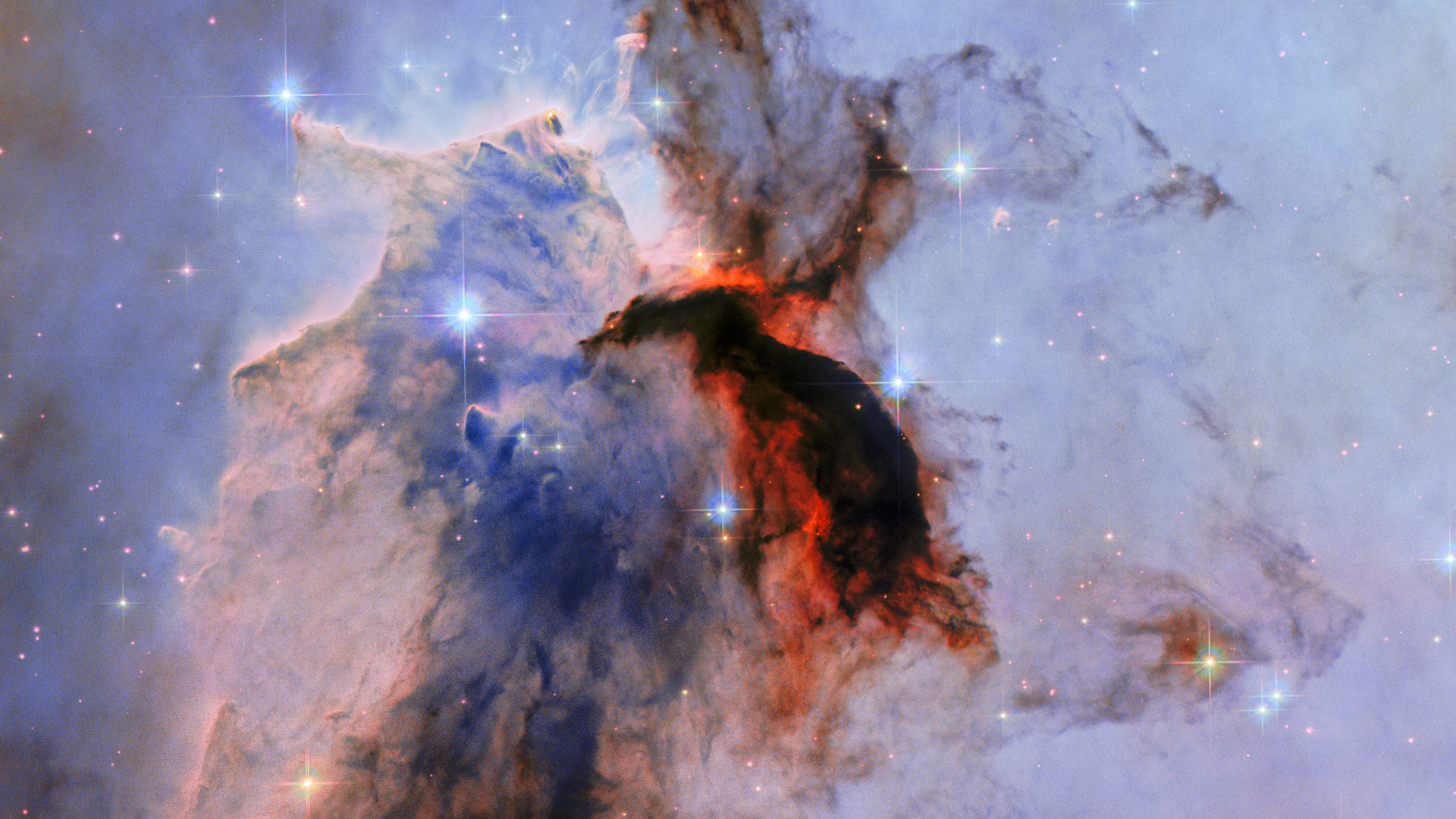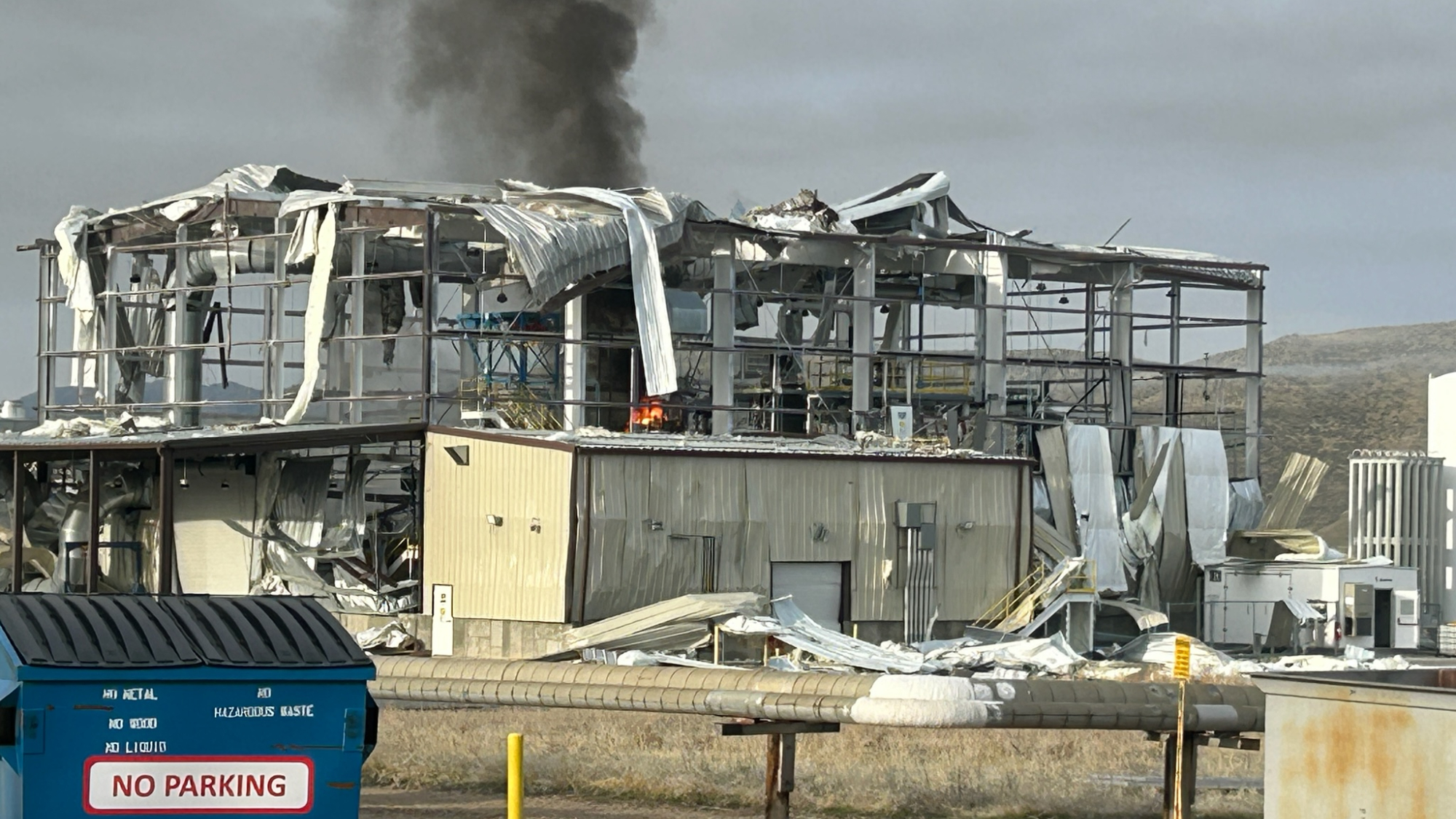Website Chronicles Apollo Moon Rocket Engine Preservation: Watch Live
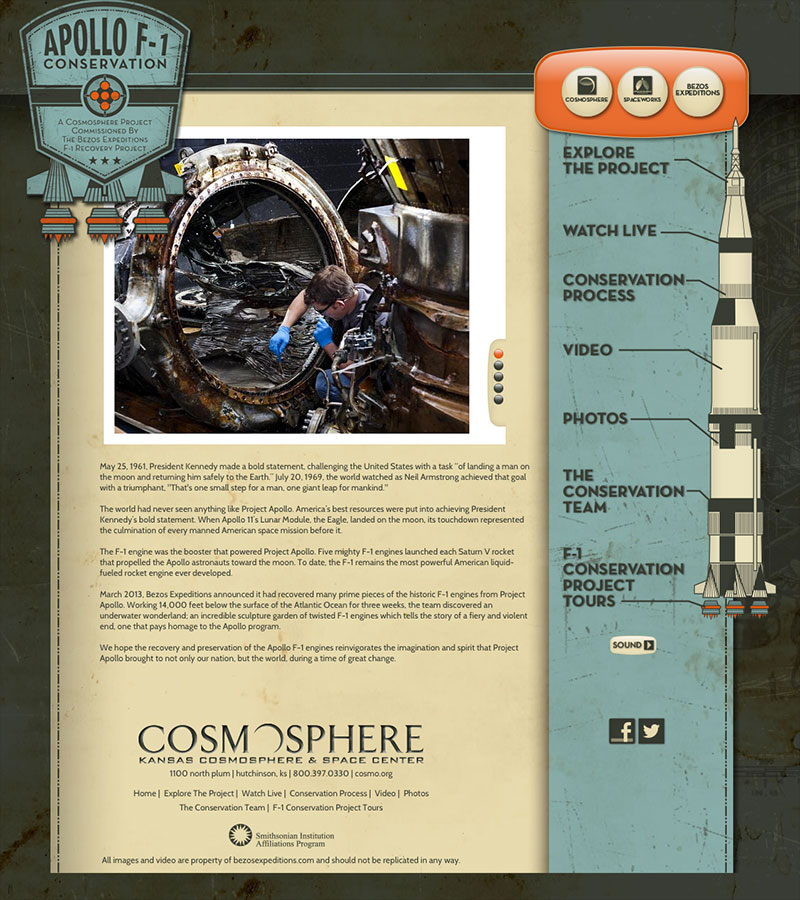
The historic rocket engine parts that Amazon.com CEO Jeff Bezos salvaged from the seafloor have now been launched online, providing the public a live view of the multi-year effort to conserve the rare artifacts for future museum displays.
The Kansas Cosmosphere and Space Center on Monday (Aug. 26) debuted the "Apollo F-1 Conservation" website, where visitors can learn more about the Apollo Saturn V rocket engine parts and view the work being done to save them.
The new site can be found at f1engineconservation.org.
"This recovery and conservation isn't just important to the Cosmosphere, or even the United States," Jim Remar, the president and chief operating officer of the Cosmosphere, said. "These engines represent a time and a program that effected people across the globe. It was important to us to share the process with explorers from all walks of life, so that they might find their own inspiration in this project." [See photos of the Apollo 11 moon rocket engine recovery]
Bezos Expeditions, which executed the privately-funded search and recovery for the Apollo engines in March 2012 and March 2013, respectively, selected the Cosmosphere in Hutchinson, Kansas to conduct the conservation. Now into its sixth month, the preservation effort is expected to take two years to complete.
Five F-1 engines powered the first stage of the Saturn V rockets NASA used in the late 1960s and early 1970s to launch astronauts into Earth orbit and to the moon, as well as deploy the United States' first space station, Skylab. In total, 65 F-1 engines flew on 13 Saturn V rockets between 1967 and 1973.
When the Saturn V's first stage was depleted of its fuel, it separated from the rocket and fell into the Atlantic Ocean. The high-speed impact with the water and the subsequent plunge to a depth of more than 14,000 feet (4,270 meters) tore the stage apart, leaving its engines in crumpled piles of fragments strewn across the ocean floor.
Get the Space.com Newsletter
Breaking space news, the latest updates on rocket launches, skywatching events and more!
When Bezos and his team set out to locate and recover examples of the F-1 engines, they set their sights on the five powerhouses that launched Apollo 11, the world's first manned lunar landing, in July 1969. The subsequent conservation work has confirmed that at least one of the chambers they recovered did help send Neil Armstrong, Buzz Aldrin and Michael Collins to the moon.
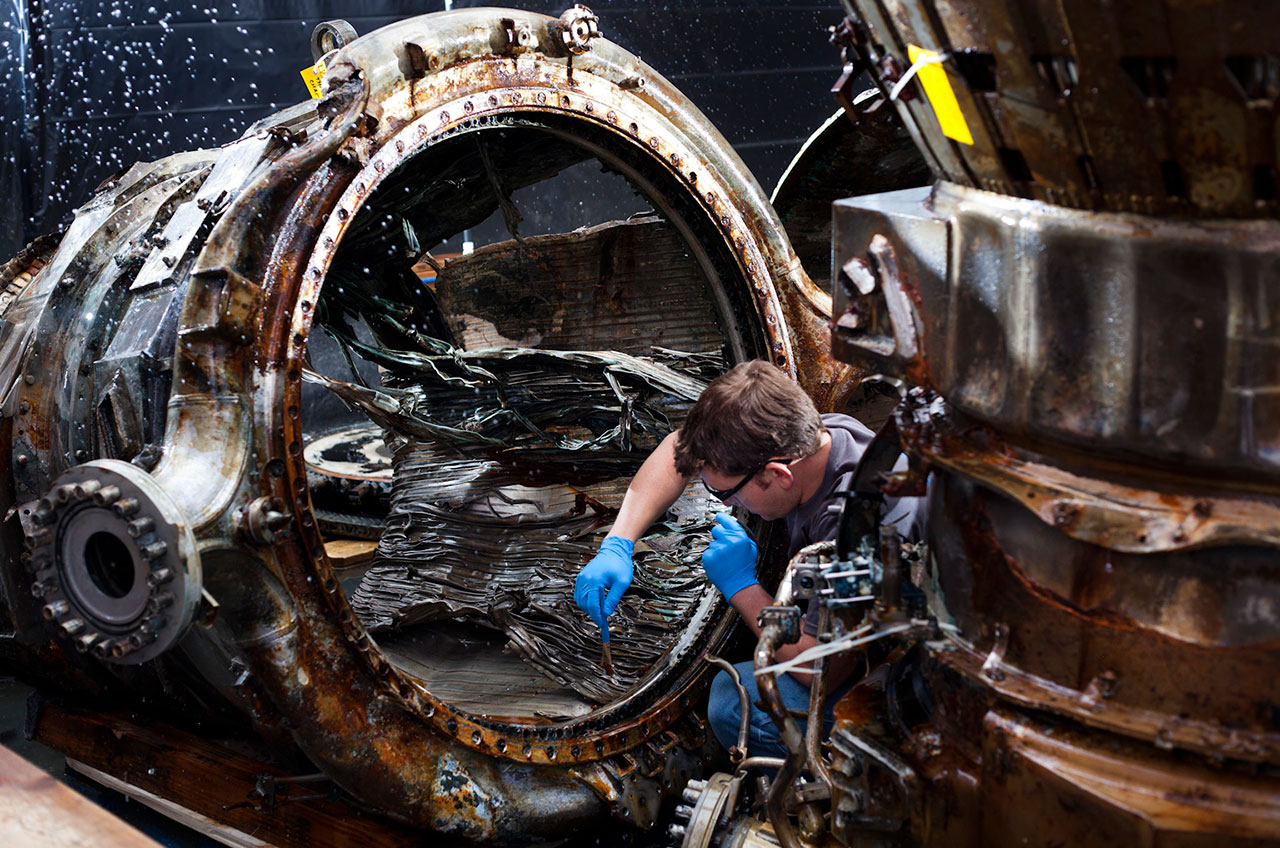
In addition to researching the serial numbers they find on the engine parts, the Cosmosphere's conservation team is also working to halt corrosion and stabilize the artifacts for their display. This is not a restoration effort though, so the F-1 engines will not be reassembled, nor will the parts be returned to their original condition.
Two of the live webcams featured on the new Apollo F-1 Conservation website offer wide-angle views of the large wooden bins and immersion tanks that are being used to bathe and submerge the engine parts in clean water and anti-corrosion chemicals. A third camera offers a look at one of the workbenches where the conservators work daily to inspect the smaller recovered fragments.
In total, the Cosmosphere's team is working to stabilize, preserve and document more than 25,000 pounds (11,340 kilograms) of historic Apollo engine components, including five thrust structures, three liquid oxygen (LOX) domes, two turbo pumps, two heat exchangers, and one nozzle.
In addition to the live webcams, the Cosmosphere's Apollo F-1 Conservation site includes photo and video galleries, an explanation of the conservation process, profiles of the team and a history of the F-1 engines, including a timeline outlining the 40 years between their launch and recovery.
The website also offers details about museum's Apollo F-1 Conservation Project tours, which provides guests the rare chance to enter the SpaceWorks facility and see firsthand the conservators at work on the mammoth engine parts.
Although Bezos underwrote the expense of their retrieval, the F-1 engines are U.S. government property. When the Kansas Cosmosphere completes the conservation, the F-1 parts are expected to be provided to other museums for display.
NASA has said that it plans to offer one set of F-1 engine parts to the Smithsonian for display at the National Air and Space Museum in Washington, DC. The components for a second engine may go on exhibit at The Museum of Flight in Seattle, near where Amazon.com has its headquarters and where Bezos' commercial spaceflight company, Blue Origin, is also based.
The Kansas Cosmosphere's Apollo F-1 Conservation website is at f1engineconservation.org.
Click through to collectSPACE.com for more photos of the F-1 engines being conserved at the Kansas Cosmosphere.
Follow collectSPACE.com on Facebook and on Twitter at @collectSPACE. Copyright 2013 collectSPACE.com. All rights reserved.
Join our Space Forums to keep talking space on the latest missions, night sky and more! And if you have a news tip, correction or comment, let us know at: community@space.com.

Robert Pearlman is a space historian, journalist and the founder and editor of collectSPACE.com, a daily news publication and community devoted to space history with a particular focus on how and where space exploration intersects with pop culture. Pearlman is also a contributing writer for Space.com and co-author of "Space Stations: The Art, Science, and Reality of Working in Space” published by Smithsonian Books in 2018.In 2009, he was inducted into the U.S. Space Camp Hall of Fame in Huntsville, Alabama. In 2021, he was honored by the American Astronautical Society with the Ordway Award for Sustained Excellence in Spaceflight History. In 2023, the National Space Club Florida Committee recognized Pearlman with the Kolcum News and Communications Award for excellence in telling the space story along the Space Coast and throughout the world.



